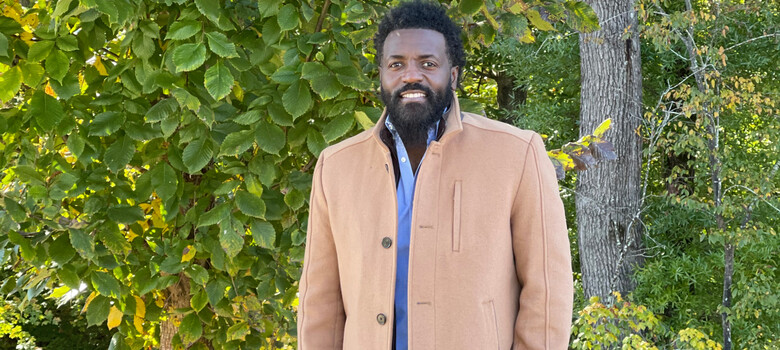Split Liver Transplant Saves Two Lives with One Donor Liver

Every year in the United States, thousands of people die while waiting for a liver transplant. A split liver transplant could help reduce these numbers by shortening recipients’ time on the waitlist, increasing the number of available livers, and saving two lives with one donor organ. According to Debra Sudan, MD, a liver transplant surgeon at Duke Health, Duke is one of the few transplant centers in the U.S. that performs split liver transplantation. Here, she answers questions about the procedure.
What is a split liver transplant?
In a split liver transplant -- also called a partial graft -- a liver from a deceased adult donor is divided between two recipients. The right lobe can be transplanted into most adults, and the left lobe can be transplanted into a child, since it is approximately the same size as a liver in a baby or a small child. The partial grafts grow to normal size in a few weeks after transplant.
Duke is one of the few centers in the U.S. to offer split liver transplants. Why is the procedure so rare?
It takes a surgeon with highly specialized training to perform a split liver transplant, explained Dr. Sudan, surgical director of the abdominal transplant program at Duke Health. Few surgeons are involved in these procedures during fellowship training or learn to perform them. We do more splits than other centers because Duke surgeons have this training and experience. If we are allocated both lobes, surgical teams can perform an adult and a pediatric transplant simultaneously.

"Duke surgeons are experienced in split liver transplant. That's one of the reasons we do more splits than many other centers."
Can all donor livers be used for split liver transplants?
No, not all donor livers can be split. Typically, splittable livers are from younger donors, have normal vascular anatomy, and do not have much fat within the liver. Surgeons must divide the blood vessels between the right and left lobe. If there are many small branches, this increases the risk for blood clots in multiple small arteries.
How are split livers allocated?
A donor liver is offered to the highest-priority recipient on the national waitlist. If the donor is an adult or a large adolescent and the recipient is a child, the liver will be too large for the child. In that case, the liver can be split at the recipient center. The left lobe is given to the child, and the right lobe is placed in an adult at the same center -- if possible -- or sent to the next patient on the list.
In other cases, the liver is split at the donor site, but that takes a high degree of technical expertise, and the process takes longer. It means sending a fully trained surgeon to the donor hospital and having a second surgeon available at the recipient site to start the transplant, so it takes more resources. Right now, we don't have a consistent process in the United States. It’s highly variable depending on a center’s surgical availability and timing at the donor center, said Dr. Sudan.
Compared to adults, more children die while waiting for a donor liver. Could split liver transplants help reverse this trend?
Yes. Since there are fewer pediatric donors than the number of pediatric recipients listed for a liver transplant, mortality for children on the waitlist in the U.S. is high -- at least 8 to 10% of these children die. The percentage is higher in infants who are waitlisted. This mismatch is especially problematic in centers that only accept whole organs and don't do partial grafts. They must wait for a donor whose liver matches the size of the recipient’s, which prolongs the time their patients wait for an appropriate donor. Duke has a very high rate of performing partial grafts for recipients younger than two. We transplant these children with the first available usable liver, which we split. By doing that, we have essentially no mortality on our waitlist.
Could increasing the number of split liver transplants save more lives?
In 2015, Italy passed a law requiring that all livers from deceased donors must be offered first for split transplants. Once that law was in place, the number of patients undergoing partial grafts increased, and mortality on the waitlist was reduced by 50% for both pediatric and adult recipients. It had a great impact. It’s only one example, noted Dr. Sudan, but it does suggest that splitting livers can save lives.
Although split liver transplants are relatively rare, we do several at Duke each year. When we receive an organ from a large donor that is allocated for a child, we try to split it and share the right lobe with an adult whenever possible. This increases the number of people who receive transplants from available donor livers.



